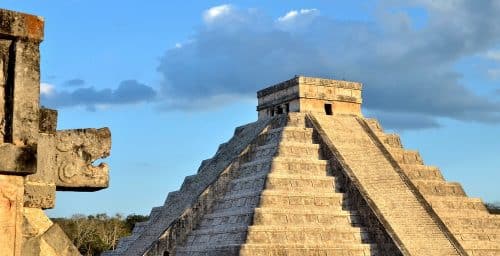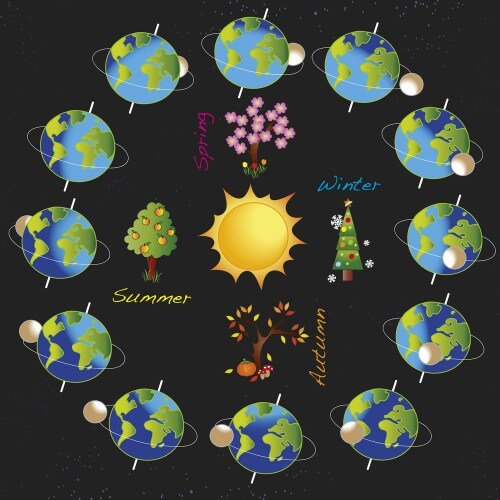The Earth is tilted by 23.4 degrees relative to the Melaka plane - the imaginary plane that creates the orbit of the Earth around the Sun. On every day other than the equinoxes, every point on Earth is tilted toward the Sun

This morning at six thirty Israel time, the sun will cross the equator. This transition is known as the vernal equinox and therefore this day, which falls this year on March 20, is known as the vernal equinox and the exact time when the astronomical event occurs is known as the vernal equinox.
The vernal equinox symbolizes the moment when the sun crosses the celestial equator - an imaginary line in the sky above the Earth's equator, from south to north. This happens between the 19th and 21st of March every year.
The summer and winter equinoxes and solstices are opposites between the two hemispheres of the earth. The March equinox is known as the vernal equinox in the northern hemisphere and the autumnal equinox in the southern hemisphere.
Why is the phenomenon called the equinox point (in English from the Latin equinox). On this day day and night last about 12 hours each all over the world. The word equinox is derived from Latin and means "equal night". However, in practice we do not see only 12 hours of light, but more. If only for the simple reason that in everyday life the daylight hours begin with the rising of the sun's edge in the east until the setting of the other edge in the west, while in astronomy the day is measured from the sun's midline crossing the horizon in the east to the intersection of that imaginary line in the western horizon. The actual length of the day also varies by latitude, so the actual equinox of day and night is spread over several weeks. Astronomer George Greenstein says that sunlight is deflected by the Earth's atmosphere. This is why the sun looks squashed at sunset. They are deflected in such a way that we can see the sun before it rises and after it sets.
The Earth is tilted by 23.4 degrees relative to the Melaka plane - the imaginary plane that creates the orbit of the Earth around the Sun. On every day other than the equinoxes, every point on Earth is tilted toward the Sun. On the two days of the equinoxes, the Earth's inclination coincides with the Earth's orbit around the Sun. As you can see in the following figure.

The vernal equinox has been celebrated at different times in history as the day of rebirth. Many holidays were created around the equinox such as Pesach and Pascha.
One of the most well-known ancient celebrations of the vernal equinox was the Mayan sacrificial ceremony near the Great Pyramid of Chichen Itza in Mexico. The great pyramid consists of four staircases from its top to the bottom of each face. The sacrifice of human sacrifices also took place there. The pyramid was carefully designed at such an angle that it makes the sun's rays look like a snake of light descending to the bottom of the staircase on the equinox.

2 תגובות
Small correction: the movement of the sun in March is from south to north and not from north to south.
I did not understand anything